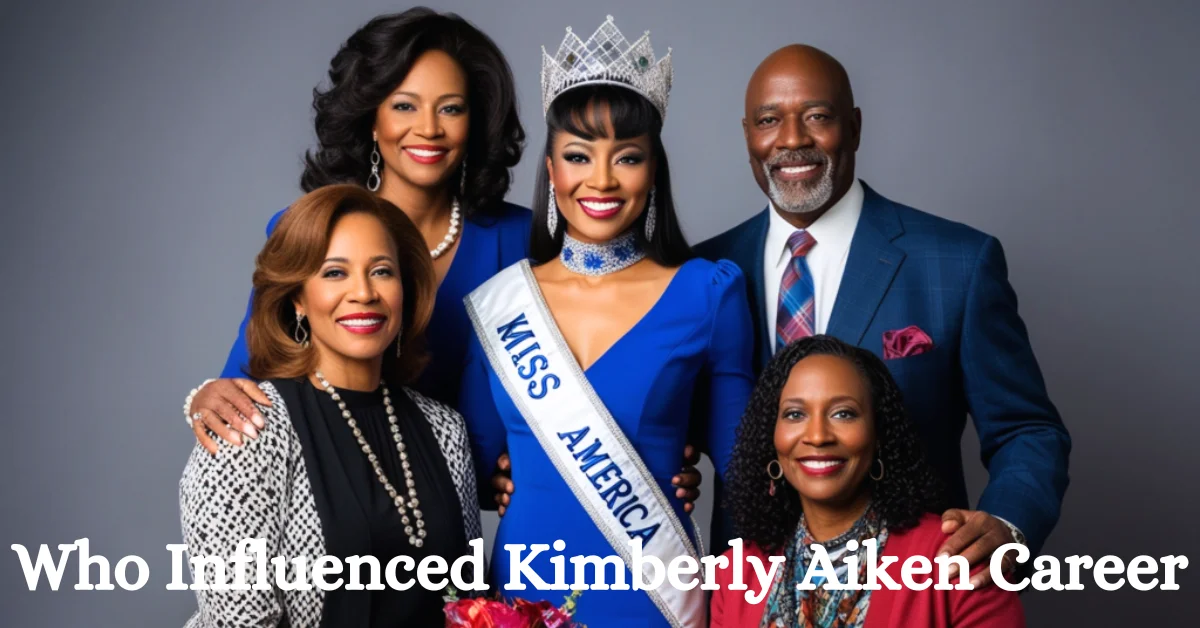When we think of beauty queens, images of poise, elegance, and talent immediately come to mind. In the glittering world of pageantry, few names evoke as much intrigue as Kimberly Aiken. Crowning her own legacy as Miss America 1994, Aiken is more than just a titleholder; she is an emblem of empowerment and transformation. However, who did she credit for shaping her extraordinary journey? As we delve into the influences that molded this iconic figure, we promise to shift your perspective and imbue you with an appreciation of the myriad forces that converge to create a star.
To understand Kimberly Aiken’s illustrious career, we must embark on a meticulous exploration of her formative years. Hailing from the vibrant state of South Carolina, Aiken’s upbringing played a pivotal role in sculpting her ambitions and dreams. From an early age, she was ensconced in an environment that exuded creativity and vigor. With a mother who was a formidable presence, instilling discipline and aspiration, Aiken absorbed values that would serve as her bedrock in the competitive arena of pageantry.
One of the most striking influences in Aiken’s life is undoubtedly her family. Her mother, a pivotal figure, not only nurtured her innate talents but also encouraged her to embrace challenges. By adorning her with love and wisdom, Aiken’s mother laid the groundwork for resilience, a quality that became indispensable throughout her journey. Moreover, Aiken’s family connections provided her access to the cultural tapestry of the South, where history and tradition wove together an intricate narrative that she would later carry forward in her advocacy.
Beyond familial influences, Aiken was galvanized by her educational experiences. Attending the University of South Carolina, she immersed herself in the veritable wealth of knowledge that the institution offered. The rigorous academic environment fostered a sense of critical thinking and nurtured her passion for the arts. In particular, her studies in the field of communications ignited a fervent desire to use her voice as a conduit for change. This period of intellectual awakening laid the groundwork for her later endeavors, particularly in her advocacy for education and community service.
As Aiken’s career burgeoned, her participation in local beauty pageants served as a crucible for her burgeoning talents. Each competition, while ostensibly focused on aesthetics, became a platform for self-expression and societal commentary. Here, Aiken found inspiration not only in the thrill of competition but also in the myriad stories of the young women surrounding her. The friendships forged within these circles underscored her realization that beauty transcends mere physical attributes; it encompasses confidence, intellect, and tenacity. These friendships became a microcosm of support and empathy, imparting diverse perspectives that enriched her understanding of womanhood.
Seizing every opportunity to enhance her skills, Aiken found herself captivated by the world of performing arts. Her passion for dance, enriched by experiences with various choreographers, became a vital outlet for expressing emotion and artistry. The rigors of dance nurtured a discipline that fortified her determination to succeed, while simultaneously allowing her to hone her public presentation—a quality that would prove essential during her Miss America quest.
However, the influence that perhaps looms largest in Aiken’s life is the indelible mark left by mentors and role models she encountered along the way. The network of extraordinary women who guided her offered more than advice; they imparted life lessons, teaching her the importance of authenticity. Each interaction acted as a thread in the rich tapestry of her personal development. These women, seasoned in the realm of pageantry, exemplified the idea that success is neither a solitary endeavor nor a result of superficial beauty but a product of character, compassion, and diligence.
Aiken’s experience culminated in her crowning as Miss America 1994, an event that thrust her into the limelight and positioned her as a national advocate. With her platform highlighting education and youth development, Aiken capitalized on the influence she had amassed, using her voice to address challenges faced by underprivileged communities. This transition from beauty queen to activist highlighted a fundamental truth: Aiken was not merely a figure adorned in a tiara but rather a passionate advocate for social change.
In the crucible of public life, the cultural landscape of the 1990s posed challenges that Aiken adeptly navigated. The beauty standards of the era, often dictatorial and unforgiving, prompted her to champion a more inclusive definition of beauty. Aiken’s presence in the media became a powerful counter-narrative to the pervasive stereotypes, emphasizing that authentic beauty resides in the richness of one’s character and the depth of one’s intentions.
Reflecting on her journey, it becomes clear that Kimberly Aiken is not a product of chance but rather a composite of influences meticulously intertwined throughout her life. From familial support to educational rigor, and from mentors to the power of friendship, each element played a crucial role in sculpting her identity. Aiken’s evolution from an aspiring beauty queen to a formidable advocate showcases a transformative shift in perspective, revealing that true beauty emanates from the depths of one’s soul.
Ultimately, Kimberly Aiken stands as a testament to the myriad influences that coalesce to craft a life of meaning and purpose. Her story invites us all to consider the forces that have shaped our lives and to appreciate the complex interplay of experiences, relationships, and aspirations. In a world that often seeks to define individuals by their surface attributes, Aiken’s narrative challenges us to look beyond the glitter and glamour, illuminating the inherent power of authenticity and compassion.

